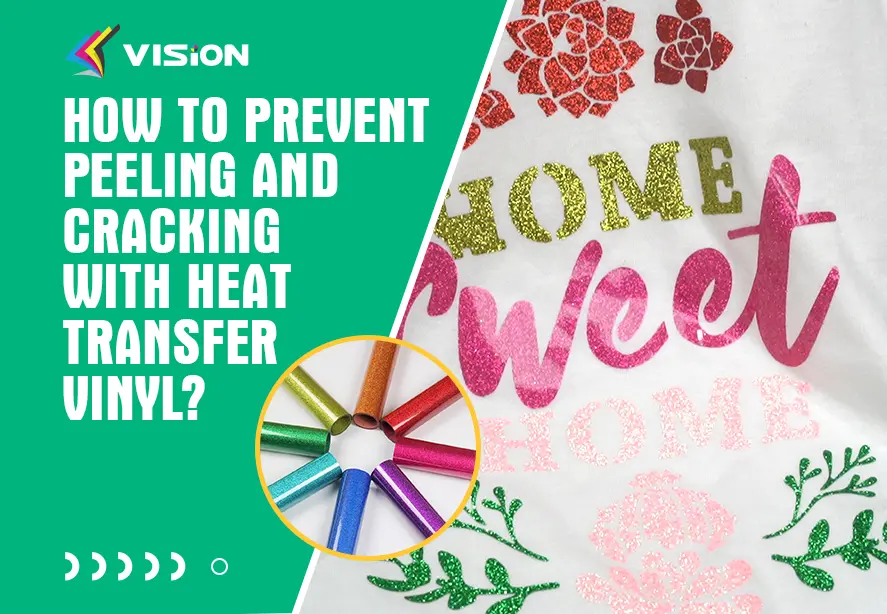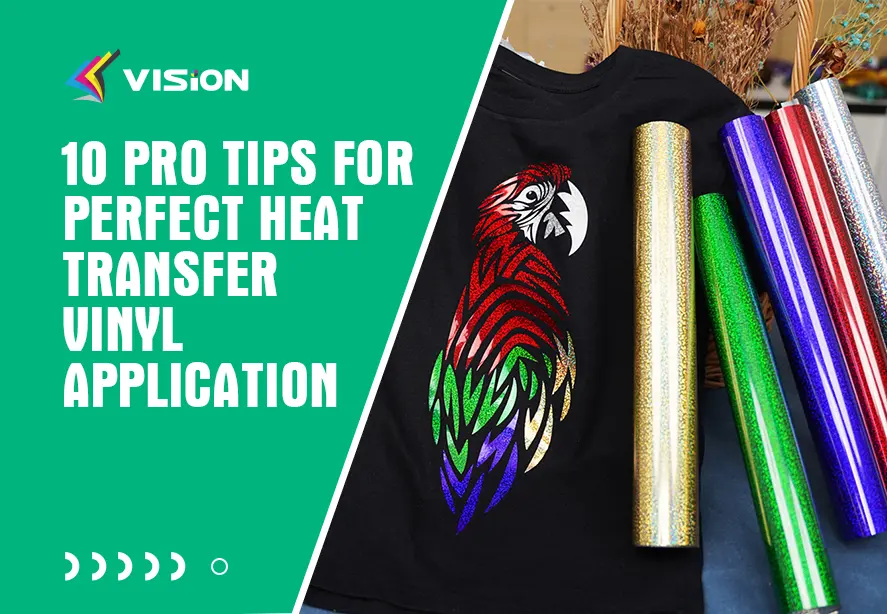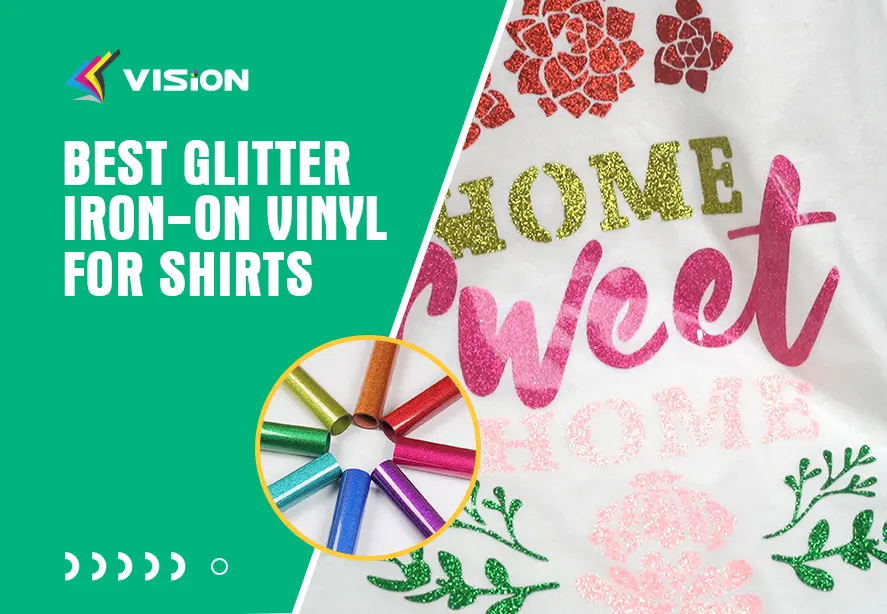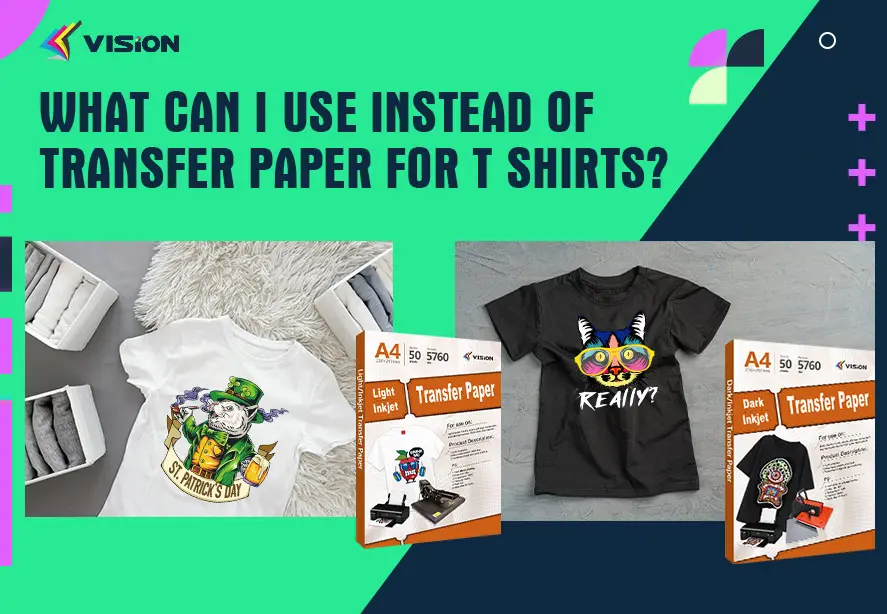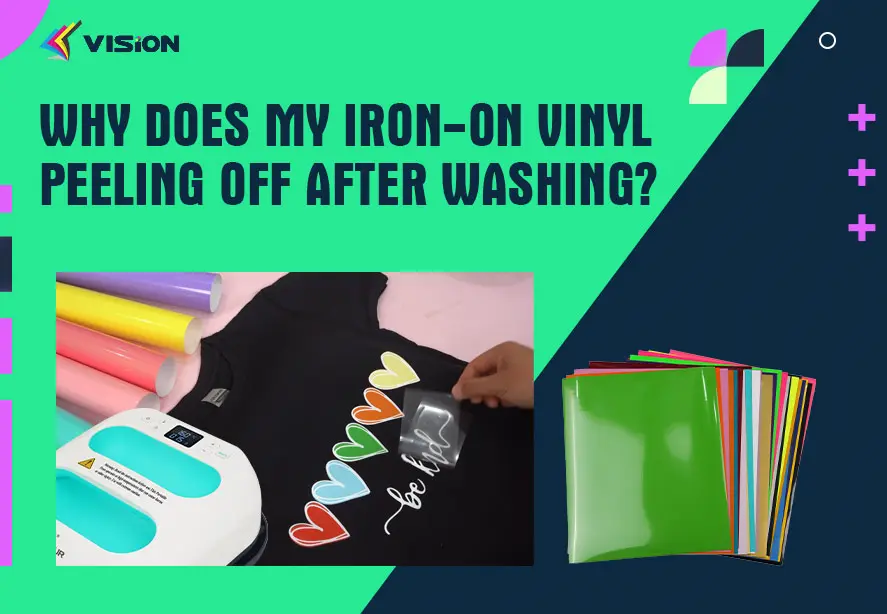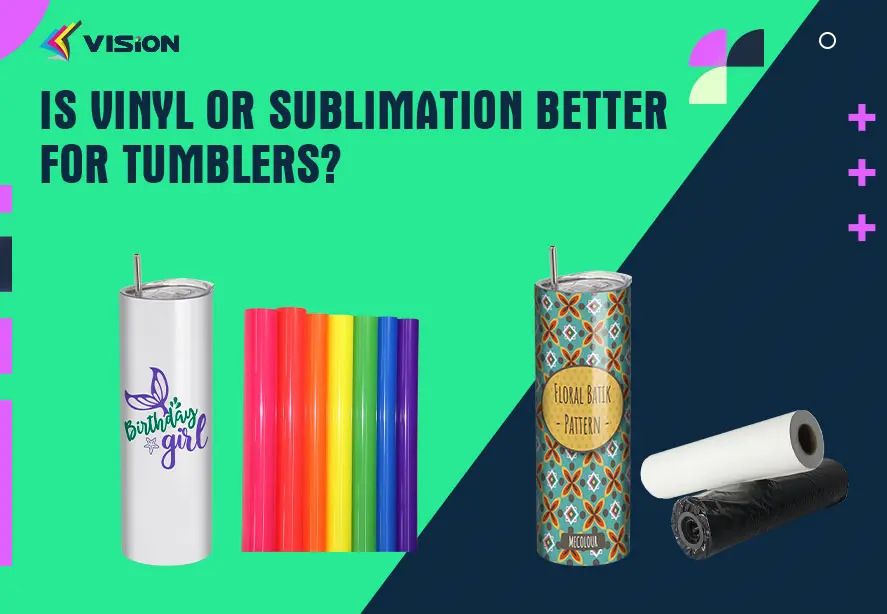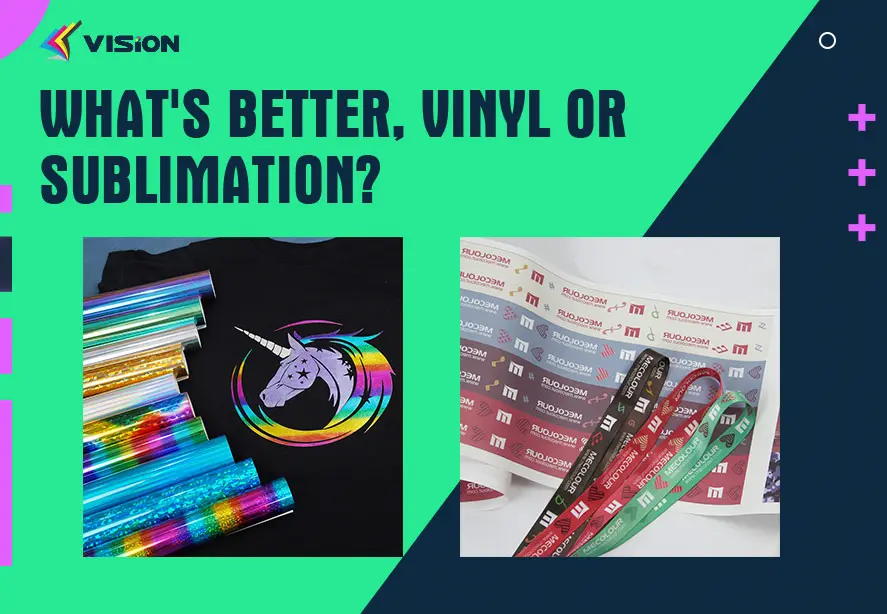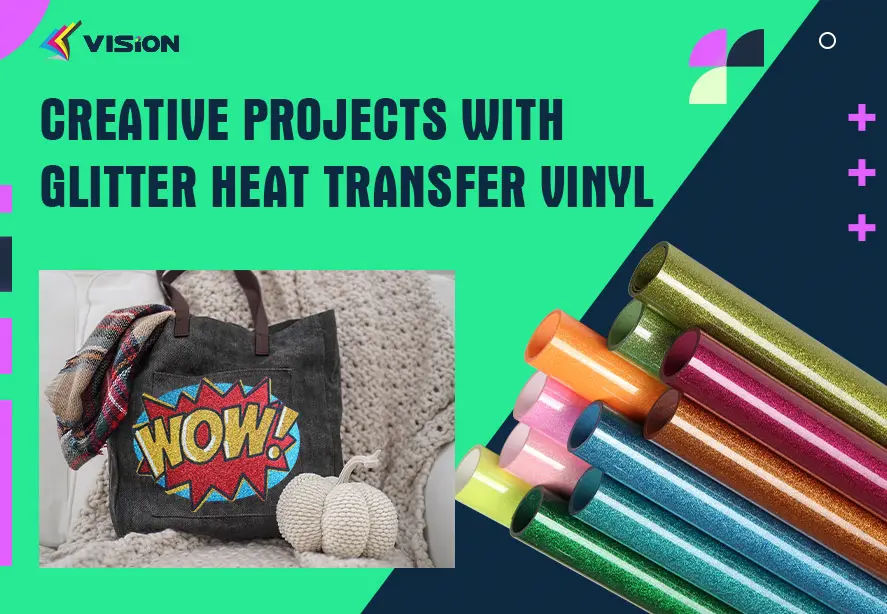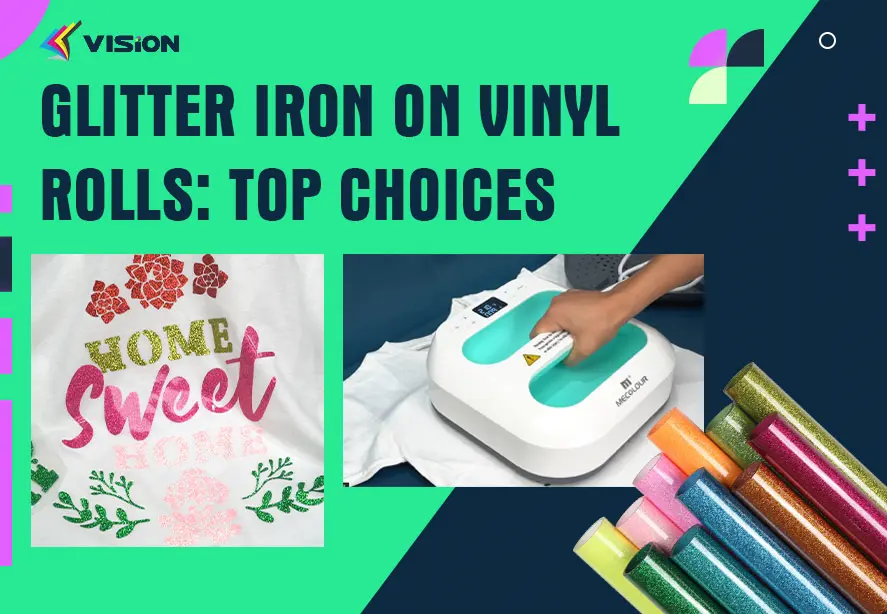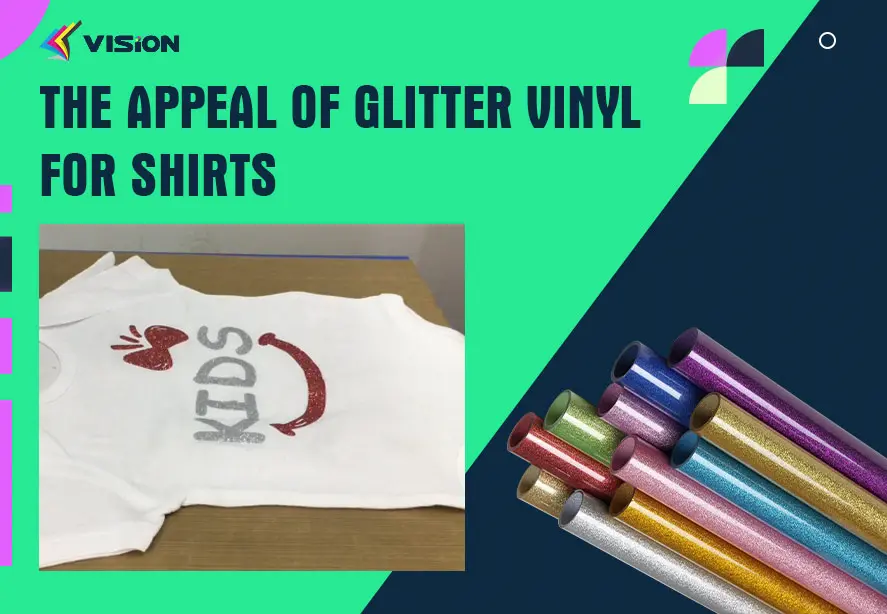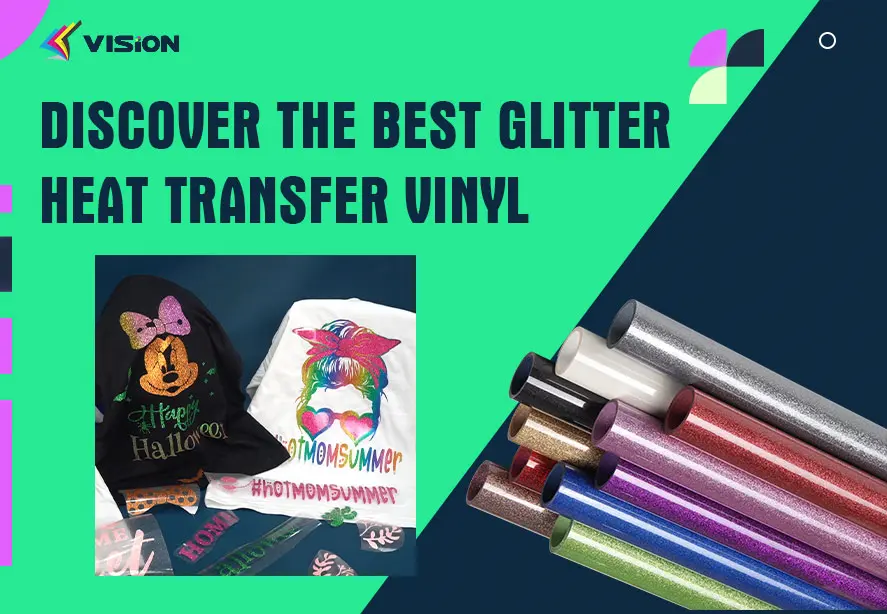Which Iron-On Vinyl is Best for Shirts?
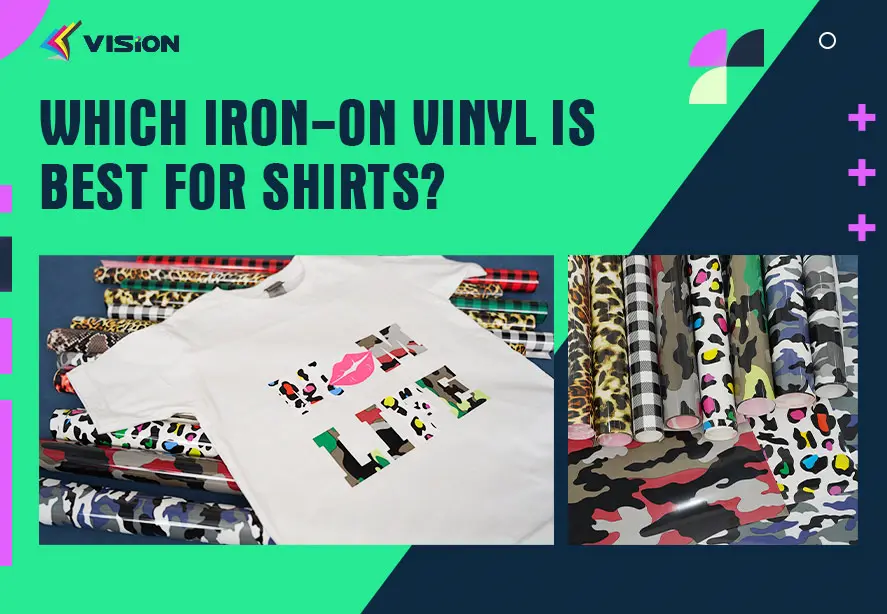
Choosing the right iron-on vinyl for shirts can make all the difference in achieving professional-looking, long-lasting designs. Whether you’re crafting custom t-shirts as a hobby or producing apparel for a business, selecting the appropriate heat transfer vinyl (HTV) is essential. In this guide, we’ll explore the top types of HTV for shirts and give you tips on selecting the perfect one for your needs.
Why Iron-On Vinyl Matters
Iron-on vinyl, also called heat transfer vinyl, is a material that, when heated, adheres to fabrics to create unique designs. It comes in various textures, colors, and effects, making it popular for customizing t-shirts, hoodies, bags, and more. Quality HTV ensures durability, washability, and color vibrancy, essential factors in crafting high-quality, personalized apparel.
Types of Iron-On Vinyl for Shirts
Each HTV type serves a unique purpose and creates a distinct finish. Below, we detail the best HTV types for creating standout shirts:
1. Standard Heat Transfer Vinyl (HTV)
Standard HTV is a versatile, smooth vinyl that comes in an array of colors and is relatively easy to apply. It’s ideal for straightforward designs and is widely used in basic t-shirt projects.
Best Uses: T-shirts, cotton blends, and polyester
Advantages: Cost-effective, user-friendly, comes in many colors
2. Glitter Heat Transfer Vinyl
If you want to add a bit of sparkle, glitter HTV is the way to go. It brings texture and shimmer to designs, making it ideal for bold and eye-catching pieces. Although thicker than standard HTV, it’s highly durable.
Best Uses: Party shirts, children’s clothing, and designs that pop
Advantages: Adds a striking glitter effect, long-lasting
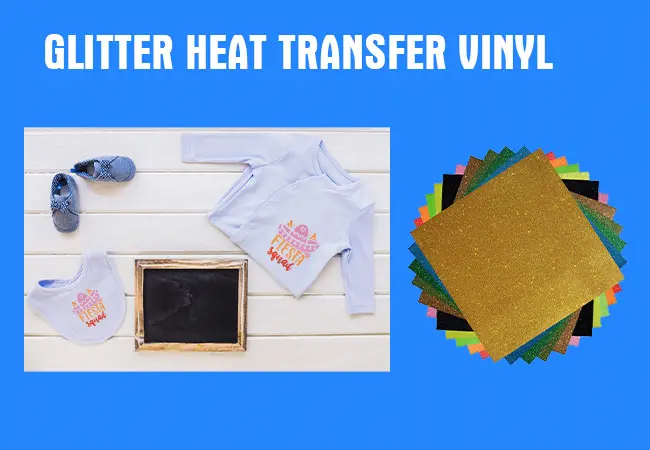
glitter vinyl
3. Flock Heat Transfer Vinyl
Flock HTV offers a soft, suede-like texture and adds dimension to designs. It’s excellent for creating retro-style apparel or adding a premium feel to a product.
Best Uses: Retro designs, sportswear, high-end apparel
Advantages: Soft, plush texture, adds depth
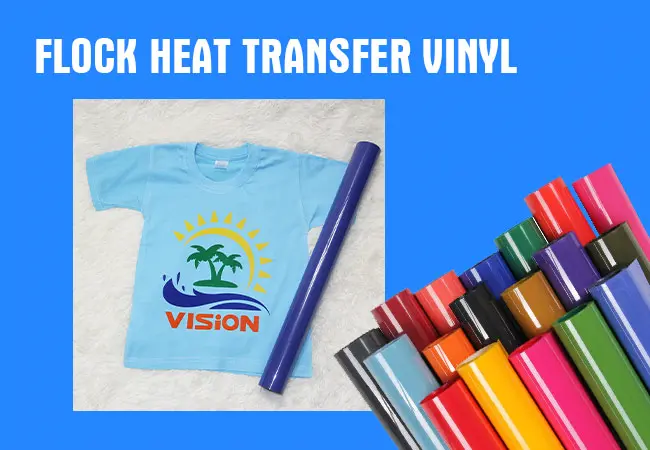
Flock vinyl
4. Holographic Heat Transfer Vinyl
For designs that stand out, holographic HTV is a fantastic choice. This material reflects light, changing colors at different angles, and is perfect for unique, futuristic designs.
Best Uses: Fashion-forward designs, logos, and graphic tees
Advantages: Bold, color-shifting effect, eye-catching
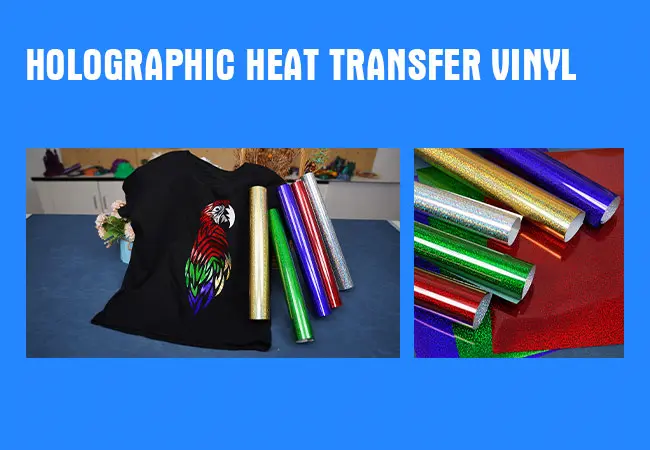
Holographic vinyl
5. Stretch Heat Transfer Vinyl
Stretch HTV is made to move with the fabric, making it ideal for athletic or fitted apparel. Its flexibility ensures that designs stay intact, even on stretchy materials like spandex and lycra.
Best Uses: Activewear, yoga apparel, fitted shirts
Advantages: Flexible, prevents cracking, great for performance wear
Factors to Consider When Choosing HTV
To select the right HTV, consider the following:
1. Fabric Type
Not all HTVs work well with every fabric. For example, cotton and polyester blends are versatile and can handle most HTV types, while spandex or stretchy fabrics need stretch-specific vinyl.
2. Durability and Washability
Consider how often the shirt will be worn and washed. Glitter and flock HTVs, for example, are durable and retain their appearance over multiple washes.
3. Design Complexity
If your design is intricate, choose an HTV that weeds easily and can handle fine details. Standard and stretch HTVs are ideal for detailed designs, while glitter or flock may be trickier for complex cuts.
4. Color and Finish
The look you’re going for—whether it’s bold glitter, soft flock, or reflective holographic—will guide your choice. Each type has its unique aesthetic appeal, so think about the style and impact you want your design to make.
Applying HTV to Shirts: Step-by-Step Tips
Once you’ve chosen your vinyl, use these tips for successful application:
Pre-Wash the Fabric – Pre-washing the shirt removes any finish that might interfere with the vinyl adhering to the fabric.
Set the Correct Temperature – Follow the manufacturer’s guidelines for the appropriate temperature and pressure settings.
Apply Firm Pressure-Whether you’re using a heat press or iron press, apply even pressure to ensure a strong bond.
Peel Carefully – Some HTVs require a cool peel or a warm peel. Check the instructions to avoid damaging your design.
How to use Vision PU heat transfer vinyl for cotton fabric?
In summary, the best iron-on vinyl for shirts depends on your project’s specific needs, including the type of fabric, design complexity, and desired finish. With high-quality options like those from Vision, you can create stunning, durable designs that look professional and last for years.
Related:
How do you iron on vinyl without heat press?
Sparkle and Shine: Top Choices for Best Glitter Iron On Vinyl Rolls
FAQ
High-quality HTV can last through dozens of washes if applied and cared for correctly. To maximize longevity, wash shirts inside-out and avoid high-heat drying.
Yes, layering is possible with many HTVs, but it's important to follow guidelines, as not all types adhere well on top of each other.
While a heat press ensures even pressure and consistent temperature, you can use an iron for smaller projects. A heat press, however, is recommended for thicker or complex designs.
Yes, HTV works well on polyester, cotton-poly blends, and some stretchy fabrics. Just ensure you select a compatible vinyl type for optimal results.
Stretch HTV is specifically designed for fabrics that require flexibility, such as spandex and lycra. This vinyl moves with the fabric, preventing cracks or peeling.


